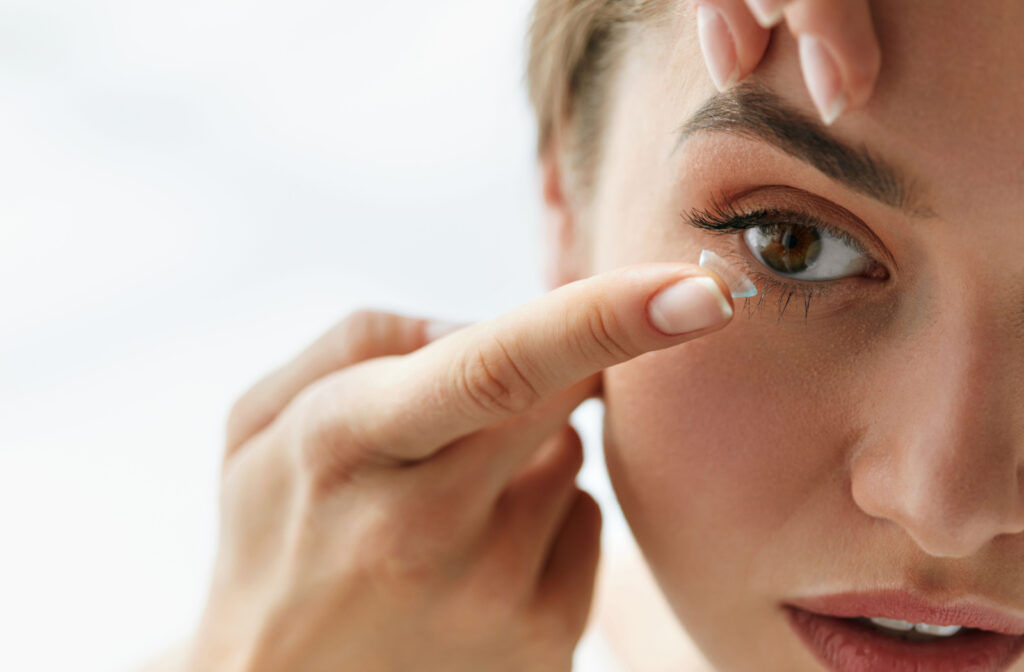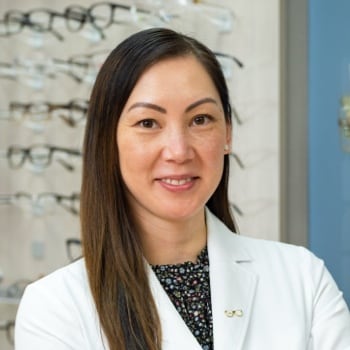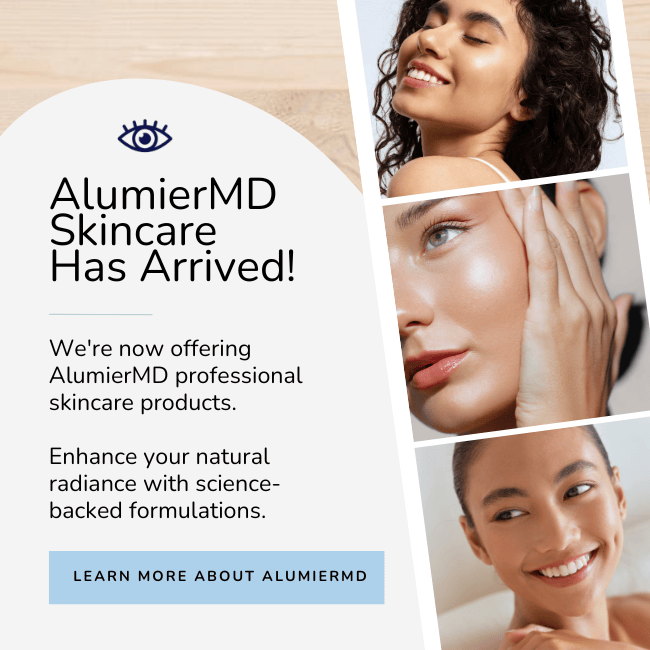If you’ve been wearing contacts for a while, you’re used to leaving your comprehensive eye exam with 2 separate prescriptions in hand: your eyeglass prescription and contact lens prescription. Why is a contact lens prescription necessary?
During a contact lens exam and fitting, your optometrist takes detailed eye measurements to help you get comfortable wear. Eyeglass prescriptions rely on other measurements to craft your lenses.
However, contact lens prescriptions detail your corneal size, curvature, corrective power, and brand of lenses so you have all the information you need.
Why You Need a Contact Lens Prescription
Contact Lenses Are Medical Devices
Contact lenses are not just a fashion accessory. They are considered medical devices regulated by the FDA. Just like any other medical device, they need to be prescribed and fitted by a licensed optometrist so they can check that your lenses fit correctly and provide the proper instructions for use and care to avoid potential damage or infection. An ill-fitting contact lens can cause eye infections or damage to the cornea, resulting in vision problems.
Every Eye is Different
A contact lens prescription includes a detailed examination of your eyes and an assessment of the visual correction needed for each eye. Your optometrist can evaluate your eye shape, width, and other unique features, to recommend an appropriate contact lens material, size, and curvature. A prescription can help you get the proper fit for visual acuity and comfort.
Contact Lenses Can Be Dangerous Without a Prescription
Wearing contact lenses without a prescription can be dangerous. There are many risks involved in wearing contacts that you may not know about. When your eye doctor provides your prescription, they can teach you the appropriate cleaning and handling techniques that can lead to infections. A prescription confirms that you use the correct lenses and know how to handle them properly to avoid potential risks.
Contact Lens Prescriptions Need Updating
It’s important to note that contact lens prescriptions must be updated regularly, just like eyeglass prescriptions. Your eyesight can change quickly, and contact lenses that once fit perfectly may no longer be the best fit for you. Outdated contact lens prescriptions can lead to discomfort, vision problems, or headaches. Consulting with your optometrist regularly to update your prescription is key.
Contact Lens Prescription vs. Eyeglass Prescription
Different Measurements
The main difference between a contact lens prescription and an eyeglass prescription is that they are measured differently. In a contact lens prescription, the measurements usually include unique measurements, including:
- Base curve: this number refers to the flatness or steepness of your cornea and dictates the lens’ shape
- Diameter: this number indicates the size of the lens that will fully cover your cornea
- Corrective power: this number can differ between your contact lens and eyeglass prescription and refers to the severity of your nearsightedness, farsightedness, or astigmatism
These precise measurements are critical because contact lenses sit directly on the eye and must fit correctly to provide accuracy of the prescription.
Prescription Strength
A significant difference between a contact lens prescription and an eyeglass prescription is the prescription strength. Contact lenses require a higher level of accuracy in measurement as they sit on the eye, and the wrong prescription strength can cause discomfort and vision problems.
That’s why contacts are measured more precisely and tend to have slight adjustments to account for curvature or distance from the eyes. On the other hand, eyeglasses sit further away from the eyes, allowing for a more extensive margin of difference.
Prescription Expiration
One lesser-known difference between a contact lens prescription and an eyeglass prescription is the expiration date. Prescription expiration dates for glasses are up to 2 years from the exam date. In contrast, contact lens prescriptions tend to have a shorter expiration date, usually anywhere between 6 months to a year. That’s because a regular eye exam is essential to help the contact lens prescription remain current and maintain a close lens fit.
Schedule an Eye Exam for an Updated Prescription
A contact lens prescription is vital for eye health and helps you achieve clearer vision. The prescription can give you peace of mind knowing you are taking the proper precautions to avoid eye problems.
It’s crucial to get regular eye exams and update your prescription to suit your needs, especially regarding contact lenses. Schedule an eye exam with Eyes on Plainville, and ask any questions you have about your prescription and how it can affect your vision.
Your eye health is essential, and knowing the key differences between a contact lens prescription and an eyeglass prescription can go a long way in helping it remain a top priority.





